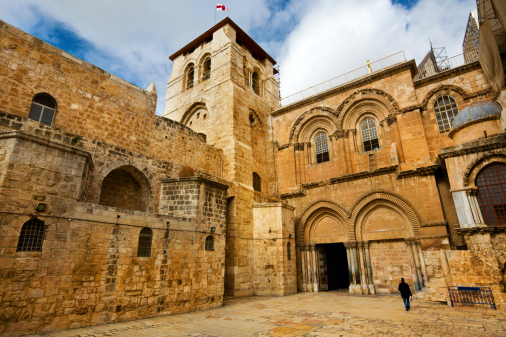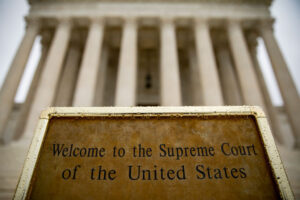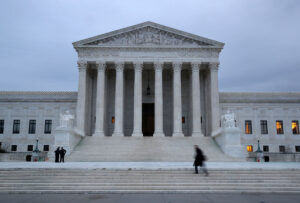Excavations at Holy Site Reveal Historical Insights

Recent archaeological findings at the Church of the Holy Sepulchre offer intriguing evidence supporting biblical narratives. The discovery suggests that a garden once existed at the site where Jesus was crucified and buried, as mentioned in the Gospel of John.
The scriptural passage John 19:41 (KJV) notes, “Now in the place where he was crucified there was a garden; and in the garden a new sepulchre, wherein was never man yet laid.”
Initiated in 2022, the excavation project followed the agreement among the Armenian, Greek Orthodox, and Roman Catholic churches, who oversee the site, to renovate the church floor dating back to the 19th century.
Analyses of archaeobotanical samples and pollen from the dig indicate that olive trees and grapevines were present on this location approximately 2,000 years ago.
Professor Francesca Romana Stasolla, overseeing the project, remarked to the Times of Israel, “The archaeobotanical findings have been especially interesting for us, in light of what is mentioned in the Gospel of John, whose information is considered written or collected by someone familiar with Jerusalem at the time.
“The Gospel mentions a green area between the Calvary and the tomb, and we identified these cultivated fields.”
This excavation not only seems to validate aspects of John’s Gospel but also uncovers artifacts that illuminate the historical continuum of the church over the centuries.
Among the discoveries are remnants that might belong to the original church constructed by Emperor Constantine in the 4th century, as well as a cache of coins from the same era.
Further findings from the medieval period include a significant collection of animal and fish bones, which are thought to be the remnants of meals consumed by crusaders and priests.
The dig has been temporarily suspended to accommodate Easter celebrations, with plans to resume after Holy Week.
This article was originally written by www.christiantoday.com






